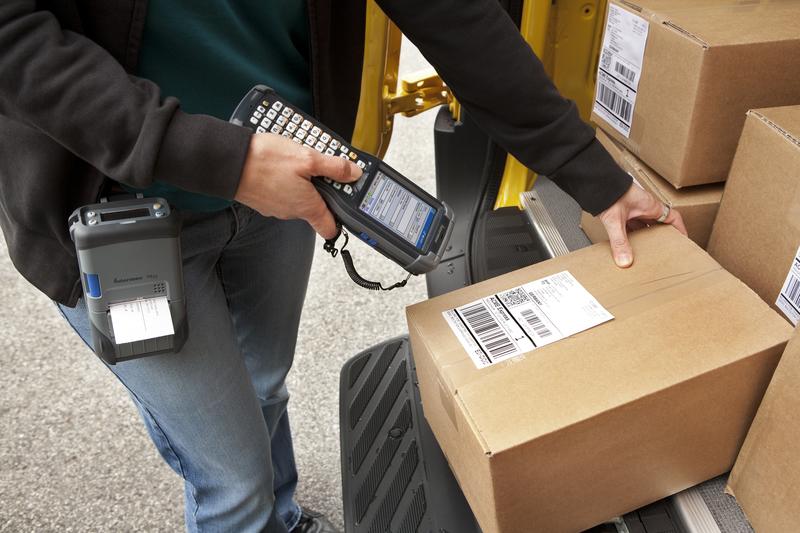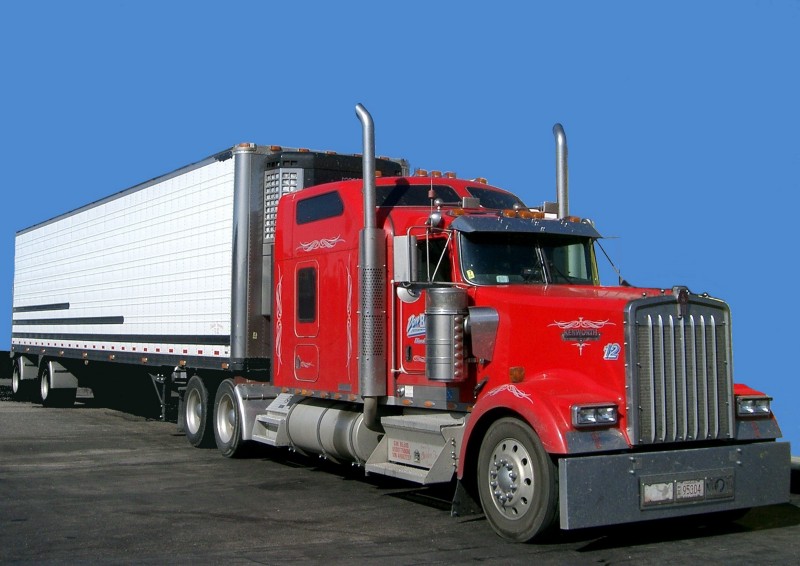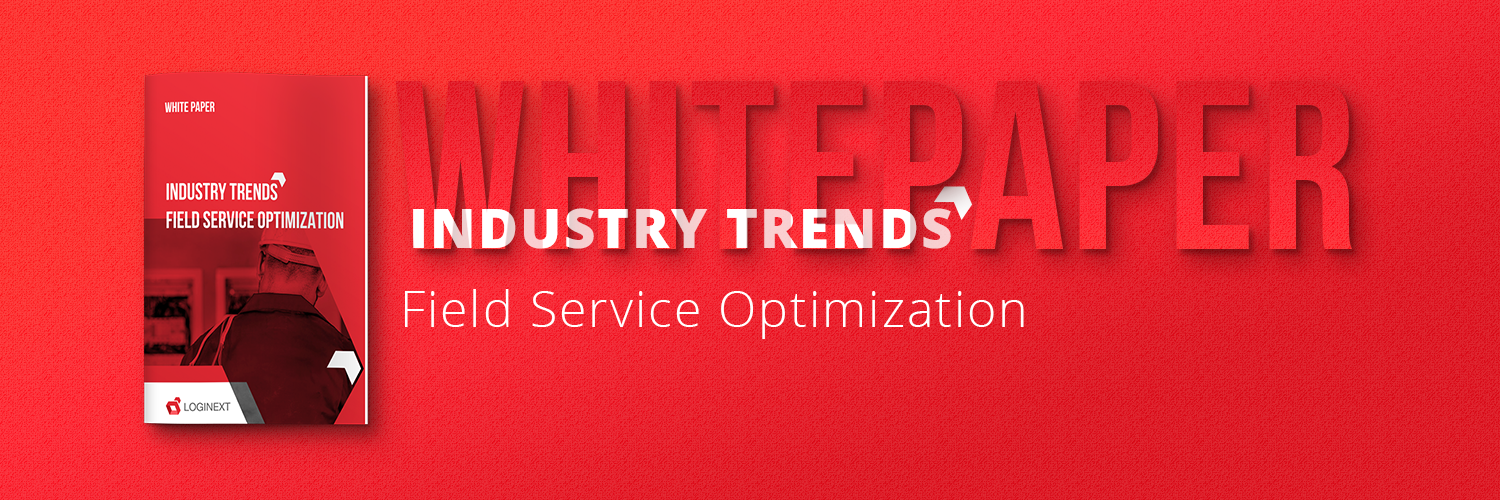Uberization of Freight Services — The Next Big Thing
You might be accustomed to your daily dose of cab bookings and subsequent travels. How many times last year did you share a cab to work? Sharing a cab through an aggregator is the new commercially green habit of many top-level executives. As we bear witness to the dwindling fuel reserves and the much more prevalent traffic congestions, we must ask ourselves, how can we take the share-a-cab principle and extend it to solve critical logistics problems. Enter, on cue, FaaS; Freight as a Service.
The next big thing, FaaS, is slated to cover more than 30% of total logistics management growing to $900 Billion by 2030. These numbers are striking enough to sit up and talk about the utilization of FaaS and how it would affect the fleet management systems already in place. How would it work?
Let’s take a scenario. You just cracked a deal for 100 boxes of shoes. You have your dealership in Boston, and your shipment must reach New York by the next day.
Due to the sudden nature of the deal, you were unable to arrange the delivery vehicle. Through FaaS, you can discover a Freight Forwarding Company, which have their vehicle going to Philadelphia. You can just hire the services of this company, and they would pick-up the shipment and deliver it to the desired New York location. You just managed to save the deal, and streamline your own logistics.
Now imagine, that the Freight Forwarding Company, offers an interactive platform where you can use real time GPS vehicle tracking to follow your shipment through multiple checkpoints on its way to the delivery point. Through this system, you would also be able to digitally acknowledge a proof of delivery. Next time around, you may even share-a-truck as per the delivery load. The system’s benefits are immense, and the system itself is agile, responsive, and dynamic. The freight management industry is moving towards ‘uberization’ through incredible advancements in online fleet management software.
Decongestion Through Last Mile Delivery Solutions

EPOD being used by courier drivers in Germany
The world is constantly moving towards automation and optimization. Imagine sitting in a self-driven car while managing your entire logistics and supply chain management system through a single app on your smartphone. This may seem like a futuristic set-up, but it is the present. Google has led the concept of self-driven cars and automation to the point of commercial utility. Companies like LogiNext have led their own revolution in SaaS based logistics planning and field workforce optimization.
You can track your last mile deliveries through a single product, the LogiNext Mile, while figuring out the most optimized routes for your shipments with real-time traffic feedback. You can utilize delivery route optimization tools to fast-track your shipments through least traffic prone areas. Using the FaaS principle, you can pick the closest delivery vehicle, near your pick-up location, and prescribe a delivery location, through the quickest route. Planning your logistics was never this simple.
Resource Utilization Through Fleet Management Software
Essentially, the biggest positive of FaaS is resource utilization. Dominique Bonte, managing director and VP at ABI Research speaks about the underutilization of resources in the US, “With an average global air cargo Freight Load Factor of as low as 44 percent and a structural 20 percent long-haul truck cargo capacity utilization deficit in the US, the freight industry needs to act”.
It is truly the golden period for FaaS and MaaS (Mobility as a Service) companies as they have come across as the ideal solution to the above problem. You can simply check the load capacity of delivery vehicles near your pick-up point through a fleet management software. As per your load capacity, and delivery requirements, you can plan your logistics efficiently. You can even extend this concept across hubs all over the country. The first delivery vehicle may transfer your shipment to another delivery vehicle at a particular hub, wherein the second vehicle travels to the destination point or another hub. The possibilities are endless once the entire network of freight vehicles zipping across the nation are brought into play.
Cost Effectiveness Through Transportation Planning

Fleet Management With Route Optimization
The main feature which makes FaaS enterprises a viable business model, is the cost-effectiveness of the concept. A company can act as an aggregator of different logistics service providers. Through this, the company can potentially tap into a rick reserve of fleet vehicles across the nation, and become profitable by dividing the operative costs over the entire extent of en-route fleets.
On the client side, a company can utilize a delivery vehicle at a fraction of the cost of engaging a complete delivery service. Furthermore, they can plan their logistics around their production and not an external fleet management company. This client can readily track the fleet through real-time GPS vehicle tracking. They can have the visibility and ease of logistics partner, with the increased agility of a FaaS provider.
Core Competency Management Through Logistics Management Solutions
The long reaching benefit of using a FaaS provider is the freedom to concentrate on one’s core competency. There are many companies that have invested heavily in boosting their last mile delivery solutions and fleet management software, so that you don’t have to. If you are running a shoe warehouse, you can concentrate on your production and operations management, you don’t have to worry about optimizing your delivery system.
You can utilize the different products, such as LogiNext Mile and LogiNext Haul to manage your deliverables. Core competency management has been the key to business success in the past couple of years, and it can be safely concluded that it would continue to be the key. Concentrate on your core business, leave the logistics management to the professionals.
146 2










Your blog is very nice… Thanks for sharing your information…
Pingback: LogiNext-Blog | How Telecommunication Giants Channelize Their Field Workforce